Bullets and Bloodlines: John-Michael Powell for VIOLENT ENDS
- Rich

- Oct 29
- 14 min read
This isn't revenge. It's a reckoning.

John-Michael Powell’s second feature, Violent Ends, is more than just a crime drama; it’s a reflection on family, loyalty, and the cyclical nature of violence. Having grown up in Arkansas, the film is also a deeply personal story that draws from the director's own experience in a region steeped in tradition and hidden histories. Here, the rural American landscape is not just a setting, but, as with any slice of Americana, a character in and of itself. A gripping revenge thriller set against the haunting backdrop of the Ozark Mountains, Violent Ends explores what happens when Lucas Frost (Billy Magnussen) — a man trying to escape his family's violent legacy — is drawn back into a ruthless way of life he has attempted to leave behind.
In a recent in-depth interview, Powell shared n exploration of the film’s themes, further highlighting a raw and resonant family portrait of America that reminds us of those all too familiar inherited (and inescapable) violent cycles we see so often with such modern stories...
I’m curious to hear about what inspired you to set Violent Ends in the Ozark Mountains, and how the region’s culture influenced the narrative.
I grew up in North Little Rock, Arkansas, less than a mile from the banks of the Arkansas River. Being a kid there meant spending 90 percent of your life outside. I’d spend summer days following creeks as far as they’d go, just to see where they led. Along the way, you’d stumble upon all sorts of strange things: rusted-out cars, forgotten barns, and the occasional old-timer yelling at you to get off his land. It was equal parts exciting and terrifying, and those landscapes got into my blood early.
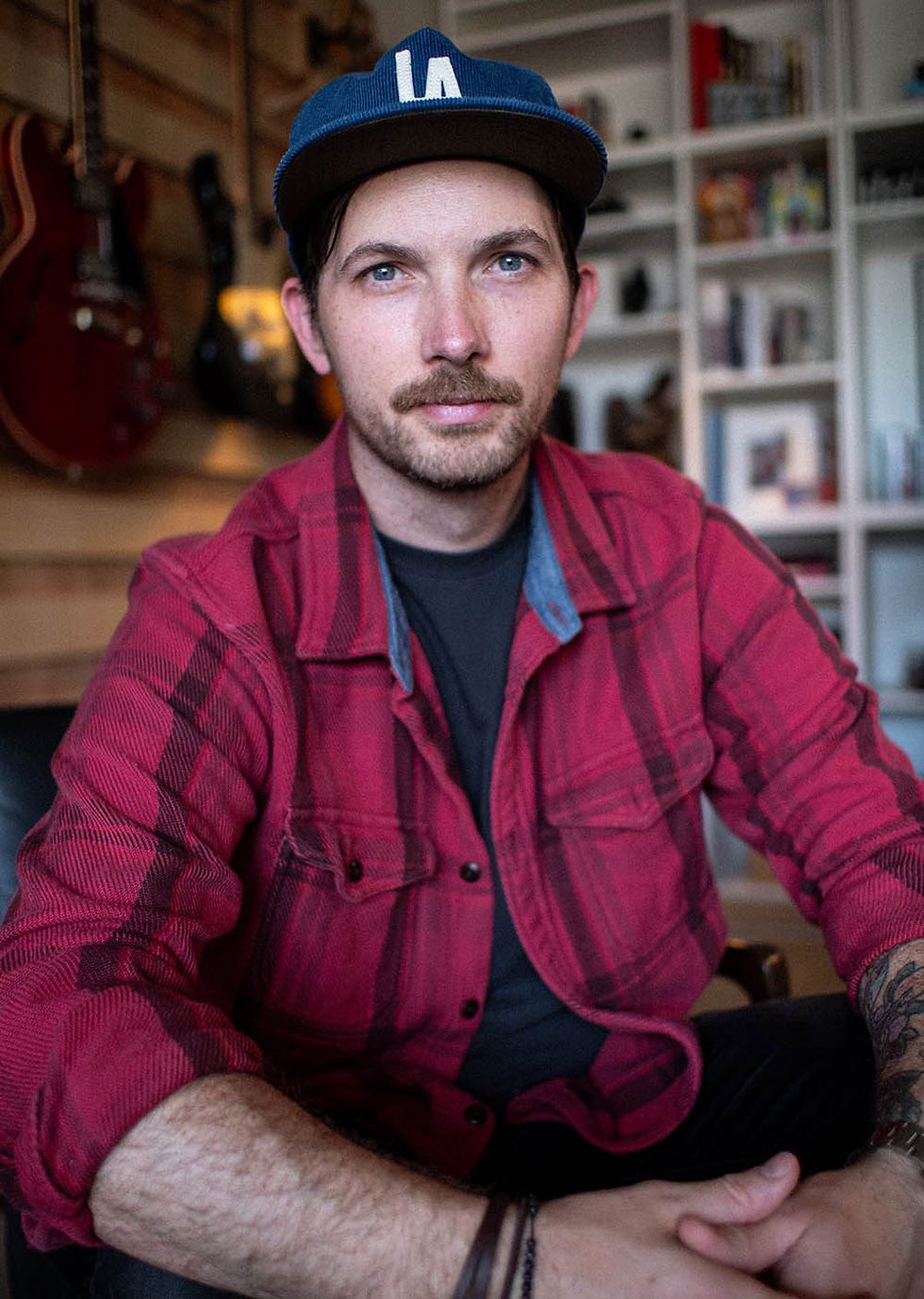
Arkansas is a place of contradictions — lush, hot, sparse, and severe all at once. By the time I started writing seriously, everything I wrote was either a Raiders of the Lost Ark rip-off or set in Arkansas, sometimes both. Later, I lived in the Ozarks for a few years while in college, and I was struck by how tribal that part of the state feels. Every hollow and hill has its own personality and its own unspoken rivalries. Even now, there’s still a bit of nose-thumbing between Northwest and Central Arkansas.
My mother, who Kate Burton’s character in Violent Ends is loosely inspired by, was a history teacher. She used to tell me stories about the families and traditions that shaped our state. Some of those stories were shockingly violent, and that definitely seeped into Violent Ends. But more than anything, I wanted to show Arkansans as something beyond cliché. In most of the films I grew up with, Southerners — and especially Arkansans, if we appeared at all — were portrayed as slack-jawed caricatures. Don’t get me wrong, we’ve got plenty of those too, but the Arkansas I know is much richer: funny, proud, polite, and cunningly spiteful in the best way. I wanted to capture a version of Arkansas that felt more human and nuanced, one that honors the place I grew up in without romanticising or mocking it.
Were there specific films, books, or real-life events that influenced the style and themes of Violent Ends?
Many. I’d say one of the biggest literary influences on Violent Ends was Cormac McCarthy. His novels, especially The Border Trilogy and Blood Meridian, have had such a profound impact on me that it’s hard to even express. His lyrical style is unmatched. I’d never claim to be even a quarter of the linguist McCarthy was, but the way he balanced the rugged textures of his worlds with sudden, shocking bursts of violence has always left me emotionally shaken. There are countless times I’ve had to set one of his books down just to sit and think.
What’s always struck me about McCarthy’s violence is its unpredictability. It doesn’t build toward spectacle the way classic Westerns did. It’s abrupt, messy, and often desperate. That was very much the tone I wanted to capture in Violent Ends. His deconstruction of the Western genre — and his ability to find awe and terror in the same landscape — feels deeply familiar to me. I’ve always related to that duality.

Framing the Ozarks. Powell behind the scenes on VIOLENT ENDS.
One real-life event that influenced the film was the Elaine Race Riots of 1919. It’s a harrowing and little-known chapter in Arkansas history. The violence erupted when white landowners tried to suppress Black sharecroppers who were attempting to unionize and fight for better conditions. On the surface, the connection to Violent Ends might not be obvious, but while researching that story, which actually became the basis for another screenplay I wrote, I was struck by the same underlying conflict: people striving to make a better life for themselves clashing with others bound by heritage and fear of change. That tension between progress and preservation, moral courage and moral decay, is at the heart of Violent Ends.
“I was struck by the same underlying conflict: people striving to make a better life for themselves clashing with others bound by heritage and fear of change.”
— John-Michael Powell
As for cinematic influences, I could go on forever, but the three that loomed largest were the Coen brothers’ No Country for Old Men (for obvious reasons), Jeff Nichols’s Shotgun Stories, and David Cronenberg’s A History of Violence. Those films are all masterclasses in restraint, moral tension, and regional specificity, qualities I wanted to honor in my own way.
Maybe it’s just me reading comic books, but I couldn’t help latching onto Jason Aaron and Jason Latour’s Southern Bastards series from Image Comics.
Oh, man. I read the synopsis and it sounds amazing! I just ordered Here Was A Man. Great title.
Oh, you’ll lap that up!
Thank you for the reference!
Larger than life. As is the most extensive highland region between the Appalachians and Rockies, the Ozarks is noted for its abundance of water resources and karst features that has bred an isolated and self-sufficient people.
Coming back to the Ozarks, what challenges and advantages did filming there present, both logistically and artistically?
First off, the people in Arkansas are, by and large, incredibly welcoming to filmmakers. We had so many instances where locations just fell into our laps because we knocked on doors and people said, “Come on in!” For example, the raceway scene was never originally scripted as a race. It was supposed to be a high school baseball game. But one day, driving down a mountain road scouting locations, we passed a local speedway. We pulled over, talked to the owner, and he immediately jumped at the idea. He said he could get all the local drivers to come out, and honestly, they just wanted an excuse to drive. He even put up flyers around town, and the community showed up in droves to fill the stands as extras. It was amazing.
Of course, it wasn’t all smooth sailing. We definitely knocked on a few wrong doors and got a couple of “Get the hell off my property!” responses. That’s just mountain folk. They can get a little persnickety sometimes, but like a rattlesnake, you’re fine if you just back away calmly and heed the warning.
There is a raw beauty and tension to the Ozark landscape. How did you collaborate with your cinematographer Elijah Guess, to capture this as powerfully as possible on screen?
Creatively, Arkansas is such an untamed, stunningly cinematic place. You can point the camera in any direction and capture something beautiful. There were days when I’d tell Elijah to throw the camera on his shoulder and film whatever inspired him. We probably have six feature-length movies’ worth of landscape footage sitting on the cutting room floor, all of it gorgeous. There’s only so much that makes it into the final cut, but that richness seeps into the world-building of the film. It’s one of the things I’m most proud of.
Elijah and I had a lot of conversations about how to best capture the Ozark landscape. Over the course of our shoot, the leaves changed color and then started to fall, which gave us completely different palettes to work with. We leaned into that. Working with Elijah, we intentionally scheduled some of the more dramatic scenes once the trees were barren, and filmed much of the love story when the landscape was rich with fall color.

Neo-noir undertones. Cinematographer, Elijah Guess, paints a blood-soaked neon night.
We also spent a lot of time scouting, not just looking for pretty backdrops but for places that felt alive, cinematic, and specific to that region. Whenever we found a location that excited us, even if it wasn’t scripted, I’d find a way to work it in. There is a scene involving a drug deal that was originally set in a field, but when we stumbled upon this massive industrial shipping yard by the river, I rewrote the scene to fit that space.
The racetrack was another happy accident. We discovered it while driving to a different location, and we both immediately lit up. I ended up changing what had been a baseball field scene into the dirt-track sequence you see in the film. Those kinds of discoveries, where the world itself starts shaping the story, were some of the most rewarding parts of the process.

Just when he thought he was out, Lucas Frost (Billy Magnussen) is pulled back in.
This film has been described by star Billy Magnussen as a “redneck Godfather.” In light of your reflections on the culture so far, is this still a fair shorthand and, if so, how did you go about balancing the elements of a Southern noir with the revenge thriller genre?
“Redneck Godfather” is a fun catchphrase. It paints a simple image that quickly anchors the setting and central construct. You could just as easily say it’s a “redneck Breaking Bad” or “redneck Macbeth” — any story about a morally sound character forced to confront their darker side. That framework definitely applies to Violent Ends, but that is also where the comparisons stop.
What I’ve always loved about The Godfather is how it portrays Italian American immigrants not as black-and-white caricatures but as complex human beings. There is real humanity there, people living in moral gray zones, some far beyond morality altogether, but still recognizably human in a world that feels both familiar and specific to their cultural experience. That was something I wanted to bring to the people I grew up around. Too often, when Arkansans appear in film, they are flattened into clichés. In that sense, I’m not crazy about the word “redneck.” It feels reductive, and this movie is anything but black and white.
From a genre standpoint, I wanted to explore the weight of taking violent action into your own hands. Most revenge films follow a simple arc: someone is wronged, they set off on a warpath, and we watch them burn through obstacles until justice or vengeance is served. Without spoiling too much, Violent Ends is not that simple. The goal was to stretch emotional confusion, anger, and grief over as big a bed of nails as possible, to make the audience truly feel the emotional and societal consequences of violence.
“I was a kid of the 1980s, so portrayals of hyper-violent masculinity were everywhere. I went to bed watching VHS tapes filled with the exploits of John Rambo, Snake Plissken, and John McClane.”
— John-Michael Powell
Lucas Frost is portrayed as an honest man from a violent family. How did you approach writing a character torn between his past and his desire for peace?
I was a kid of the 1980s, so portrayals of hyper-violent masculinity were everywhere. I went to bed watching VHS tapes filled with the exploits of John Rambo, Snake Plissken, and John McClane. I loved that era of action filmmaking, and when I set out to write Lucas Frost, I shaped him in the image of those heroes I grew up with. Instead of leaning into fantasy and escapism, I asked myself: “What would an ’80s action hero look like if he were just a regular guy from Arkansas?”
These days, it’s rare to find grounded, human portrayals of gritty male leads. There are no more Schwarzeneggers or Stallones. Well, technically, there is another Schwarzenegger now. No offense to Patrick, who’s a very talented actor, but his father captured something both physically and emotionally unique about masculinity. That was the spirit I wanted in Lucas — strength with real emotional depth underneath.
A lot of that fragility was already on the page, but Billy Magnussen took it to another level. I genuinely think he’s one of a kind in this role. He manages to be both physically imposing and emotionally vulnerable. That duality is the portrait of masculinity I wanted to paint with Lucas Frost, and Billy delivered a performance that only he could have given. Hopefully, audiences can feel that in the film’s DNA.
Ensemble in order: James Badge Dale, Kate Burton, Nick Stahl and Alexandra Shipp in VIOLENT ENDS.
With talents like James Badge Dale, the aforementioned Kate Burton, Nick Stahl, Alexandra Shipp and Ray McKinnon, how did the ensemble cast help to enhance the storytelling?
I’m drawn to ensembles. I love building worlds and then filling the corners of those worlds with a colorful mix of characters. That probably comes from coming of film age in the ’90s and being heavily inspired by filmmakers like Paul Thomas Anderson, Quentin Tarantino, Wes Anderson, and especially the Coen brothers. I love a great movie star, but there’s something magical about watching a character actor show up and give a film something only they can bring.
A single film is lucky to have one of those actors, we were fortunate to have many. The thing I’m most proud to share with audiences are the performances. Across the board, these actors are working at the top of their game. If I built the world of Violent Ends, they gave it life and I owe each of them for bringing the film to such vivid, unforgettable life.
Having previously worked as an editor, how does that background inform your decisions as a director, especially in terms of pacing?
Having worked as an editor before directing has shaped almost every instinct I have on set. Editing teaches you rhythm, economy, and where the emotional heartbeat of a scene truly lives. When I’m directing, I’m already cutting the movie in my head, thinking about which moments will actually make the final cut and which ones are just noise. That mindset is tremendously helpful because it allows me to avoid overshooting and keeps the pacing tight, both in the performances and in the coverage.
Editing also gave me a deep sensitivity to transitions — how one shot flows into the next, how tone shifts from scene to scene. I tend to design my films with a strong sense of momentum, where every beat pushes the story forward. Editing gave me that internal metronome. At the same time, it taught me patience. You realize in the edit that stillness can be just as powerful as speed. My directing style balances precision with breathing room; I know when to move and when to let a moment land.

Seeing red. Lucas Frost holds his own amongst rising tensions.
Finally, editing gave me a very strong bullshit meter for inauthentic performances. I’ve spent countless hours studying the micro-expressions of actors, and I often say that I can close my eyes and hear the best take. That’s something actors tend to appreciate when working with directors who have an editing background — they know the best takes will end up in the film. Anyone who wants to become a director, or simply a better one, should learn to cut. It’s often overlooked but it’s an invaluable part of the filmmaking process.
How do you feel Violent Ends marks a progression in your filmmaking journey compared to your previous works?
Violent Ends feels like a major threshold for me. My earlier work was about finding my voice and experimenting with tone, rhythm, and point of view. This film was about sharpening that voice into something more confident and more commercial.
It’s the first time I felt like I had the team and the resources to truly be in control of tone, balancing intensity and emotion in a way that feels cohesive. I leaned into everything I love about cinema: muscular storytelling, moral complexity, and characters caught between myth and realism.
It also marks a significant leap in both scale and precision. I was working with a larger cast, more complex logistics, and higher emotional and technical stakes. But the goal was the same and that was to make something visceral and human. I’d probably say Violent Ends taught me how to direct from instinct while still being incredibly disciplined. In many ways, this film feels like the bridge between my scrappy micro-budget roots and the kind of energetic, audience-driven films I want to make next.
I’m interested, as a partner at Midnight Road Entertainment, how you see the current state of independent cinema and where you feel it is heading.
I live in Los Angeles, and it’s been a rough few years for the crew base out here, to put it lightly. It feels like we’re in a new normal where there are simply fewer jobs to go around, and studios and buyers are tightening their purse strings like never before. It’s harder than ever to make a living in the independent space.

Triggered. Is sit too late for Lucas Frost?
That said, I’m still hopeful. From my vantage point, I’m seeing buyers renew their interest in theatrical releases. That’s certainly true of IFC and how they’re handling Violent Ends, but I’ve seen the same trend across films made by friends and peers. Marvel fatigue has definitely set in, and there’s a growing appetite for bold, original storytelling.
A lot of people I know view streamers as anti-theatrical, but I’m not so sure. Maybe there’s some truth to that, but I don’t think it will lead to the death of theaters. Streamers make a very specific, algorithm-driven type of product, and their sheer volume actually creates more hunger for something different. Independent cinema can and will continue to fill that space. It may look different than it used to, but I believe it will still thrive. I even see that hunger in my own kids; they love going to the movies.
“Historically, when things seem darkest, that’s when something revolutionary happens. I think we’re on the cusp of a sea change in independent cinema…”
— John-Michael Powell
On top of that, filmmaking has never been more accessible. Gear is affordable, and new platforms allow filmmakers to connect directly with audiences. Getting your work in front of people has never been more democratized.
If there’s one thing I’m less optimistic about, it’s the current state of film festivals. They used to be the ultimate tastemakers, places where you could discover exciting new voices every year. I haven’t felt that same electricity in a long time, and that’s disheartening. Festivals seem caught between the past and the present, struggling to stay relevant under a business model that’s become increasingly expensive. I don’t know what the solution is, but I’d love to see them recapture that sense of discovery.
Still, I’m optimistic. Historically, when things seem darkest, that’s when something revolutionary happens. I think we’re on the cusp of a sea change in independent cinema, and I have no doubt it will continue to thrive, both as an art form and as an industry.
Can you share any details about the adaptation of James Ellroy’s Blood’s A Rover, and how your work on Violent Ends may have fed into its long development?
To clarify, my company, Midnight Road, is producing that film, but I’m not personally adapting it. I can’t say too much about the film, but I’m a massive Ellroy fan, and that project is currently set up and being actively packaged. The script was adapted by Mark Fergus and Hawk Ostby, who wrote Children of Men, and it’s fantastic. The book was originally optioned by my partner, Vincent Sieber, and he’s producing the film alongside Uri Singer. Like you, I’m just eager to see it come to life and to help however I can in an executive producer capacity.
What do you hope people take away from the Violent Ends?
At its core, this is a film about cycles of violence and how those cycles get passed down, justified, and repeated until someone decides to break it. I wanted to make a film that’s thrilling and propulsive on the surface but leaves people wrestling with what it says about human nature underneath.
I hope audiences walk away entertained, absolutely, it’s meant to be a ride, but also unsettled in a way that lingers. I want them to feel that tension between justice and revenge, and to question whether violence ever really resolves anything or just changes its shape.
And on a more personal level, I hope it makes people think about family. Especially how far we’ll go to protect it, and how easily that same instinct can destroy it. You can follow John -Michael on Instagram and over on his official site. Violent Ends from IFC lands in theatres exclusively on October 31.







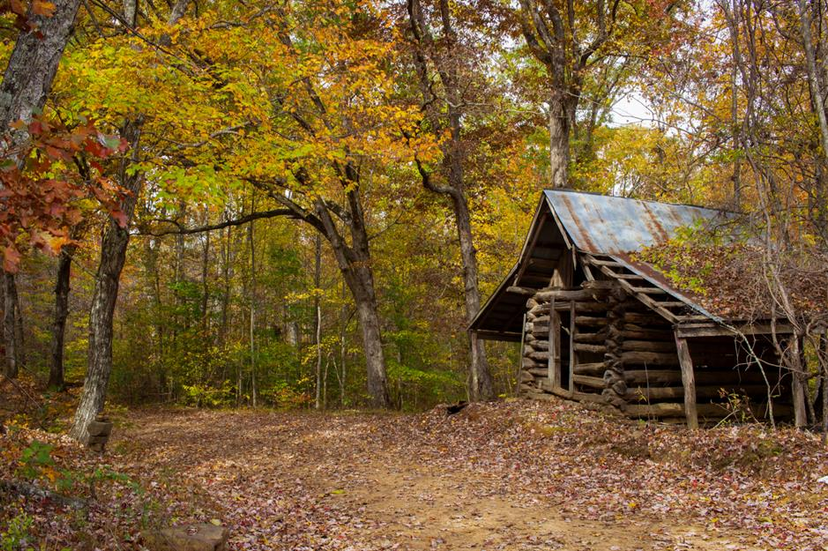

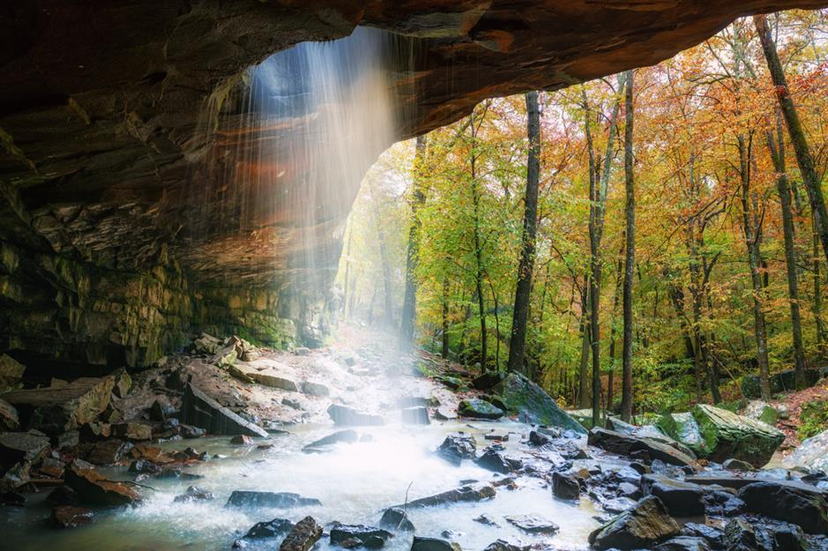

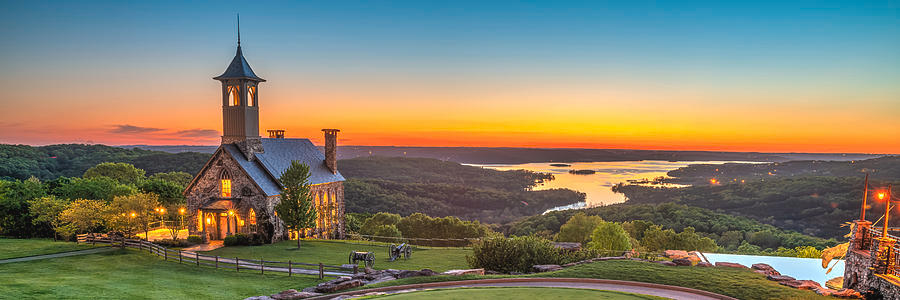

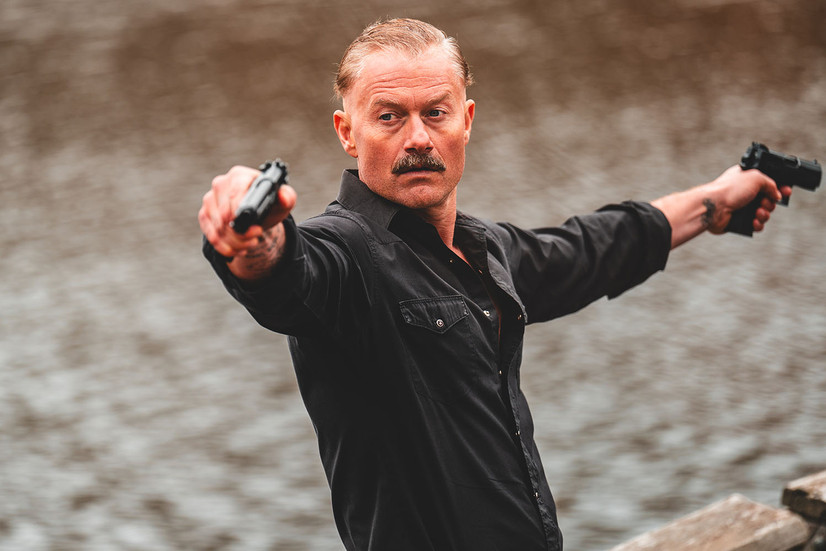


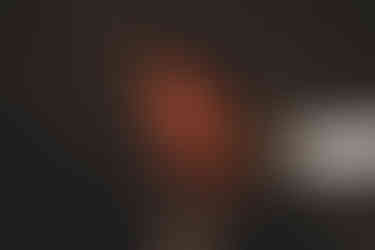





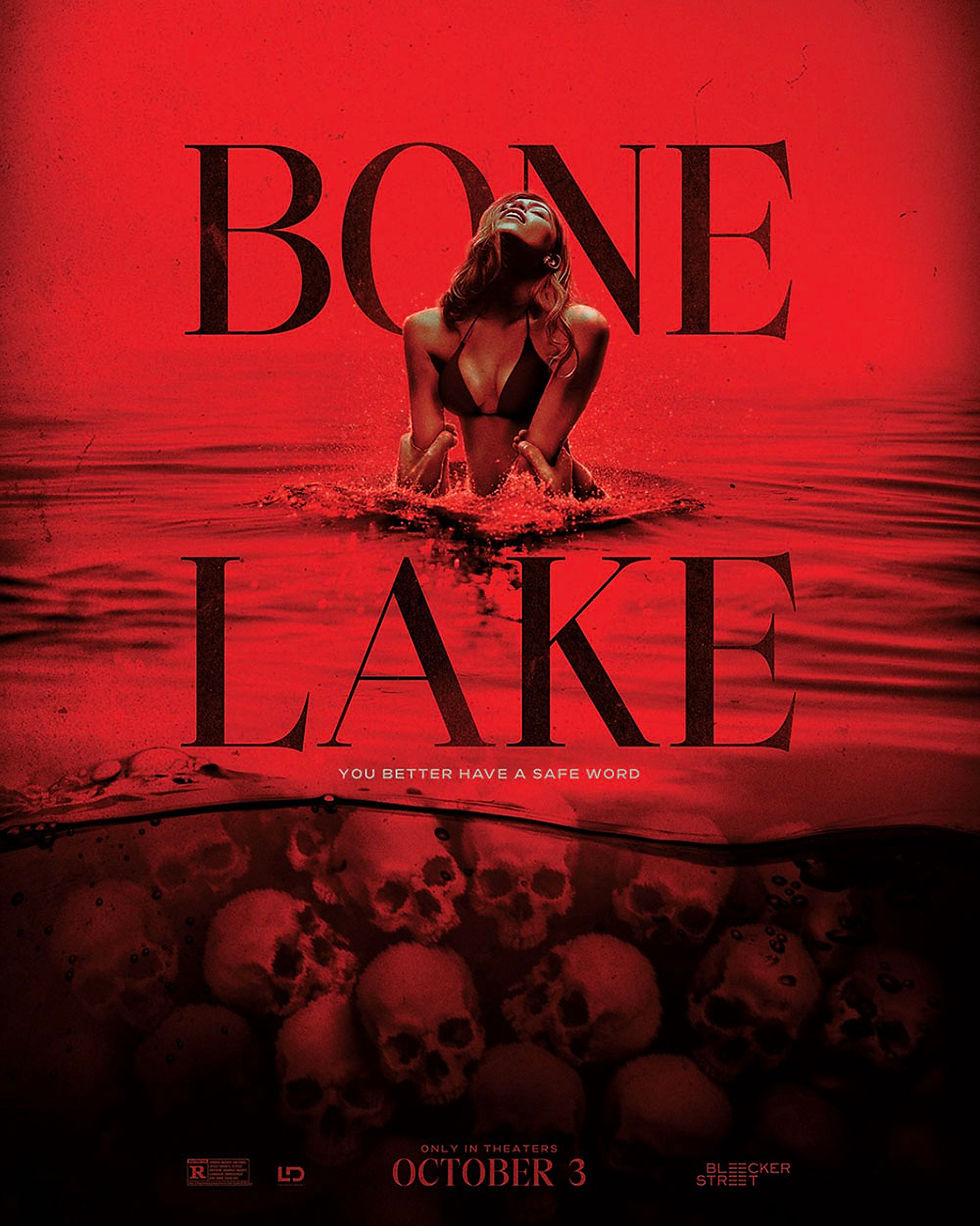
Comments